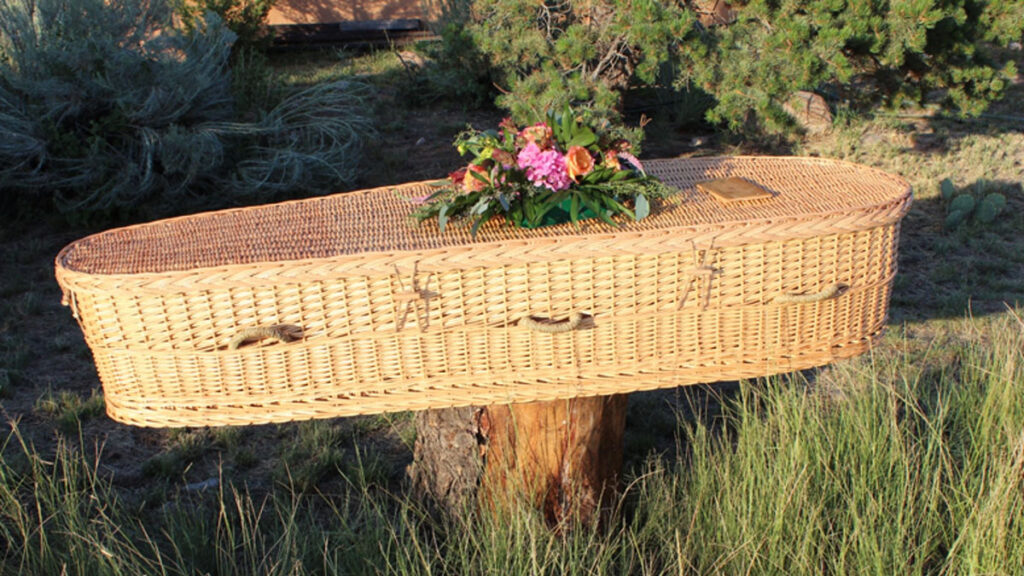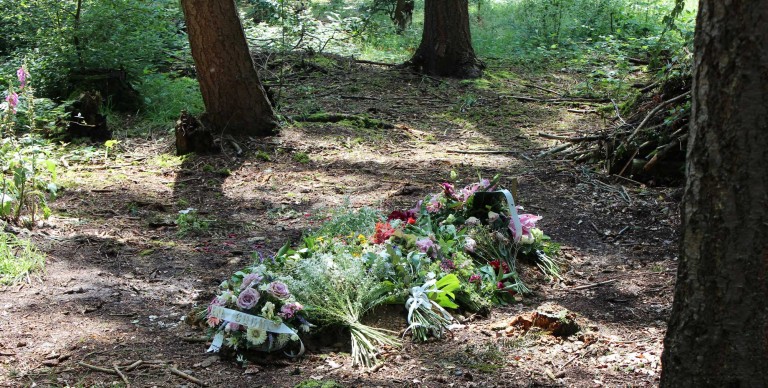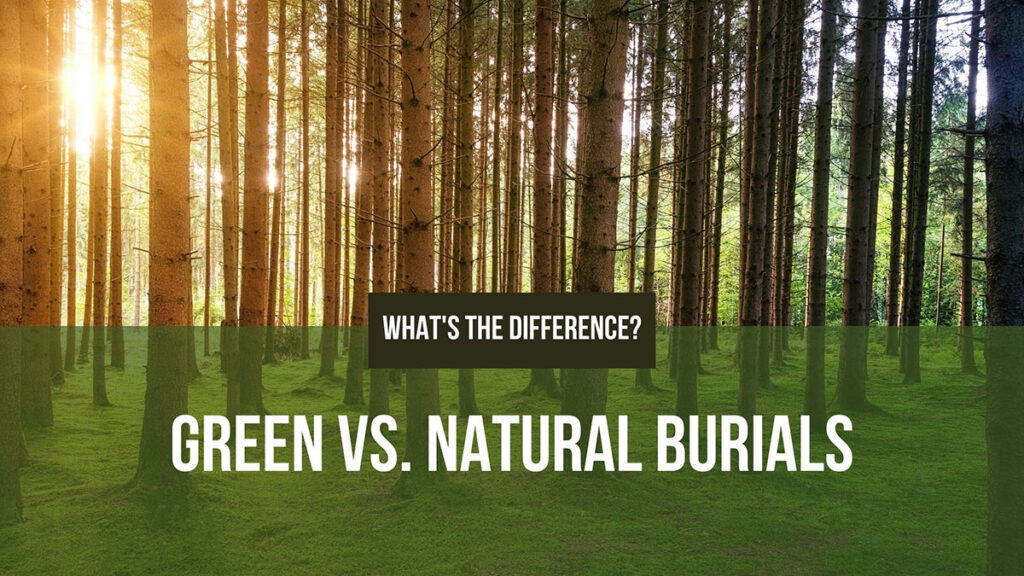Green vs Natural Burials: What’s the Difference?
Green vs. Natural Burials: What’s the Difference?
Traditional funeral options are infamous for their consequential effects on the environment. Not only are conventional metal caskets and urns extremely environmentally unfriendly, popular preliminary burial processes also aid in the rapid decay of nature. Standard and long-accepted burial processes soak toxic chemicals such as formaldehyde, methanol, and glycerin into the soil. Green and natural burials, however, serve as environmentally-conscious alternatives to traditional funeral options. And even better? They often come with a smaller price tag.
Green Burials

Green burials provide grieving families with beautiful funeral options that don’t come at the cost of the environment. The term “green burial” refers to the preparation of the body, as well as the burial process. These burials are unique in that the body is not cremated or embalmed with chemicals, but instead placed in a biodegradable container in its natural state. The body is then planted in the earth to decompose naturally and break down into the earth. There are never any artificial pesticides utilized in green burials. These burials are less common because they take place in specific green burial sites, as opposed to within traditional cemeteries. Ultimately, this method of burial has minimal impacts on the environment, and in fact, often provides families with more meaningful and therapeutic memorial experiences.
Natural Burials

Natural burials, while similar, are not identical to green burials. Natural burials also aim to minimize environmental decay; however, natural burial refers directly to the burial process itself, as opposed to any processes that take place in preparation. The grave sites in these types of burials are done solely by hand and not with heavy machinery. The deceased are buried only in biodegradable containers, such as those made by willow, bamboo, and seagrass. An example of such a container is Passages International’s White Willow Casket, which allows for a simple, yet dignified burial option. These containers are free of environmentally harmful components such as metal. Natural burials are also possible for cremations; however, the procedure differs slightly and is less common. It is also important to note that burials with headstones are not considered customary in natural burials.
In Conclusion:
While orthodox burial options provide families with striking and long-trusted memorials, green and natural burials provide loved ones with options that are meaningful, affordable, and environmentally ethical.

